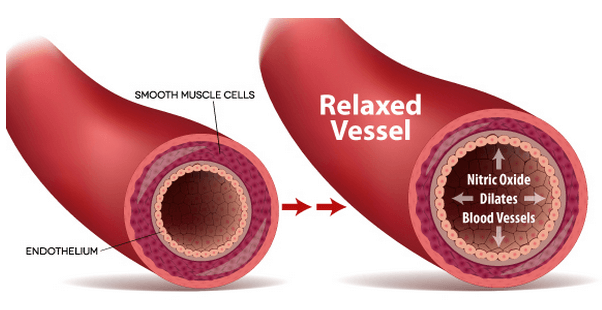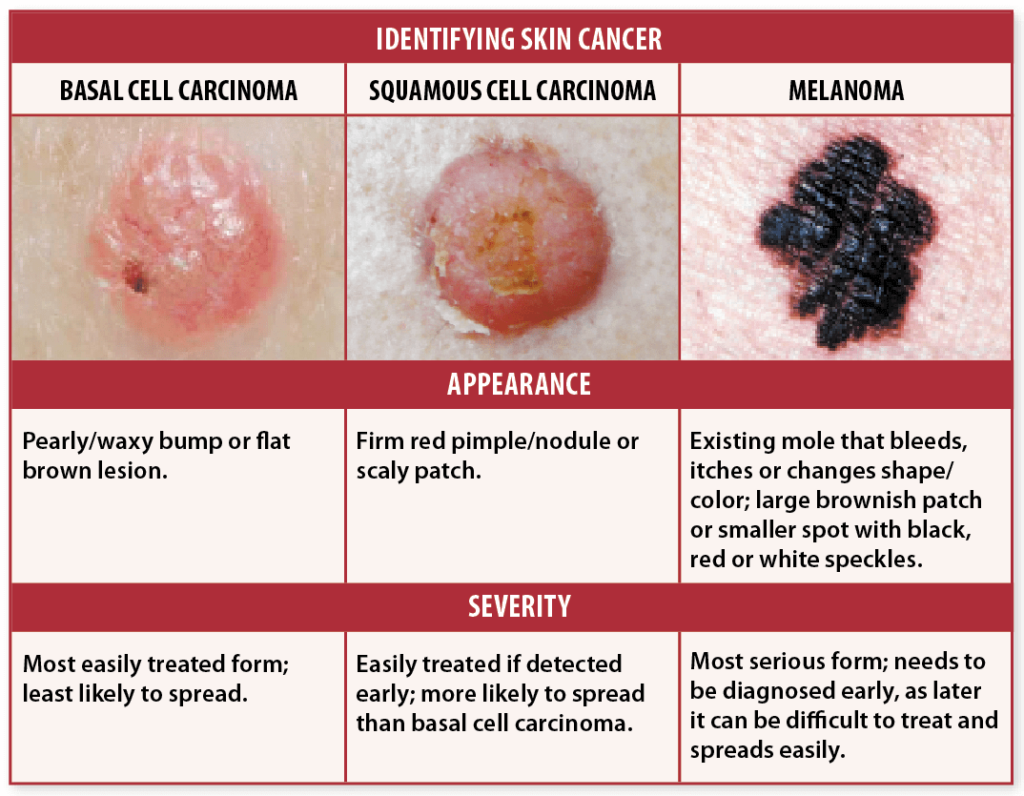Wellbeing
4 Reasons Why You Should Enjoy The Sun This Summer
We know avoiding the sun is important to prevent skin cancer, but the sun is also a major source of Vitamin D and plays an important role in both Vitamin B and serotonin production! In this article, we’re going to look at what effects exposure to the sun has on us while still protecting ourselves from the risks sun exposure carries. Get ready to enjoy the sun!
Table of Contents
But first, here’s a fun fact on evolution and sunshine
Humans evolved through our exposure to the sun. In fact, the homo sapiens who migrated from Africa to Europe actually evolved lighter-coloured skin to make absorbing the sun’s rays easier. Their new climates had less sunshine. Plus, after the agricultural revolution, their cereal-rich diets had much lower Vitamin D content than the traditional hunter-gatherer diet. Hence, evolution was absolutely necessary (1).
The Pros of Sun Exposure: What do we get when we enjoy the sun?
Here are some of the most important benefits of sun exposure:
1) Production of Vitamin D
Sunshine is vital for several aspects of human health, most notably, the production of Vitamin D.
The process by which sunlight was first found to produce Vitamin D was first documented in 1980 by Holick et al (2). So, basically, there’s a pre-hormone present on the skin called 7-dehydrocholesterol (7-DHC). It’s found in the highest concentrations in the lowest layers of the epidermis. When 7-DHC is exposed to the Ultraviolet B radiation of the sun, it converts into Vitamin D3.
Why is Vitamin D important?
Vitamin D is vital for calcium metabolism, bone health, and immune system functioning and has been found to be essential in over 600 other enzymic reactions in the body. In fact, all 20 trillion cells in the body use vitamin D.
Why is Vitamin D deficiency bad for you?
Levels of Vitamin D deficiency are very high in many countries. For example, in the US, it’s around 41.6% (3).
People with Vitamin D deficiency have around 2x the all-cause mortality compared to those with the highest levels of vitamin D. They are also more likely to have hypertension (high blood pressure) and solid organ cancers (i.e. not blood cancers) (4, 5). According to the World Health Organisation, hypertension is the world’s leading cause of premature death (6).
Interestingly, the average blood pressure actually decreases the further towards the equator you go! This means that people who live in places that receive more sunshine have lower blood pressure.
There is also a known seasonal variation in both heart disease and cerebrovascular disease, with increased risk during winter/spring as compared to summer (7, 8).

Does Vitamin D supplementation help?
Scientific data has shown that Vitamin D supplementation doesn’t actually help improve or prevent cardiovascular problems such as hypertension, cardiovascular disease, cerebrovascular disease, or metabolic syndrome (5).
In addition to this, people with genetic mutations (polymorphisms) who are unable to utilize Vitamin D had no higher incidences of heart disease than people without these mutations.
Related post: What Causes Low Vitamin D Levels (Even When You’re Taking Vitamin D Supplements)?
2) Production of Nitric Oxide
Here’s another reason why getting some sun exposure is good for us. Sunshine supports our cardiovascular health through another mechanism – by producing a molecule called Nitric Oxide.
Nitric Oxide causes our arteries and other blood vessels to relax and dilate, which directly reduces blood pressure. It also helps with energy production. Plus, it helps repair the endothelium, the layer of cells that line our blood vessels (9).

Although many people still aren’t familiar with the name, Nitric Oxide is really a superhero for our health. Robert Furchgott won a Nobel prize in 1998 for its discovery. It has been called “the single most important molecule for cardiovascular health there is” by best-selling author and UK doctor, Malcolm Kendricks.
Nitric Oxide is actually a key component of the explosive Nitroglycerine. Workers at Alfred Nobel’s (of the Nobel Prize fame) dynamite factories first noticed that the fumes of the nitro-glycerine mix could completely stop their angina! This was due to the Nitric Oxide content. Whenever the sun’s ultraviolet radiation comes together with nitrate and sulfur in our skin, we make Nitric Oxide.
3) Enjoy the sun to get more Serotonin
Sunlight is also key in serotonin production. Serotonin is known as the feel-good neurotransmitter that is usually targeted with anti-depressant medication. This is why when people from places with a notable lack of sunlight go on holiday to somewhere sunny, they feel a whole lot better! The lack of sunlight is also thought to be a key factor in seasonal affective disorder when people develop mild depression during the winter (10).
Serotonin is also turned into melatonin, a hormone and neurotransmitter that is key in making us fall asleep. Melatonin is also important for immune function, inflammation reduction, and insulin release (11).
4) Natural production of Vitamin B3
Sunlight also helps in the ‘salvage pathway’, one of the metabolic pathways that lead to the production of Vitamin B3 or NAD+ in the body (12). Vitamin B3 is key in many biological processes, such as:
- energy production
- antioxidant synthesis
- hormone synthesis
- neurotransmitter synthesis
- activation of longevity Sirtuin genes
David Sinclair’s bestselling book Lifespan popularized the NAD+ effect on increasing lifespan via Sirt1 gene activation. This has led to NAD+ precursors becoming popular anti-ageing supplements. However, sunlight helps us produce NAD+ naturally – and, best of all, it’s free!
The Big Risk: Avoiding the sun and skin cancer
Whilst there are many amazing benefits to sun exposure, we’re now going to take a look at cancer risk.
Firstly, skin cancer is not a single disease. It’s split up into 3 different types, with the severity increasing, too:
- Basal cell carcinoma (BCC)
- Squamous cell carcinoma (SCC)
- Malignant melanoma (MM)
Both BCC and SCC are often grouped together as non-melanoma skin cancer (NMSC). They are generally not fatal and treatable. About 3 million people are diagnosed with NMSC cancers each year in the USA. This is more cases than all the other types of cancer put together, with around 80% being BCCs.
From the 3.3 million patients, there are around 2000 deaths, which is about 0.06% death rate or around 0.6 deaths per 1000 cases (13). These cancers are associated with increased sun exposure (14).
The death rates for MM are far higher. In the USA in 2013, there were 76,690 new cases of MM with 9,480 deaths, a death rate of 12.3% (15)!
Malignant melanoma is most common in people who originated from northern Europe. They typically have pale skin and fair hair – traits that are rarely found in those of African descent. The highest risk of MM is found amongst northern Europeans now living in northern Australia (16).

Certainly, the data behind the benefits of sunshine are very compelling, as are the negative effects of avoiding the sun. Enjoy the sun regularly and consider taking these best-for-summer supplements! But be sensible by avoiding burning and high-risk hours (typically between 10am and 4pm) – this is probably the best advice. It certainly sounds good to me!
What about if you really hate the sun and summertime? This blog post on summer depression may help you out!




